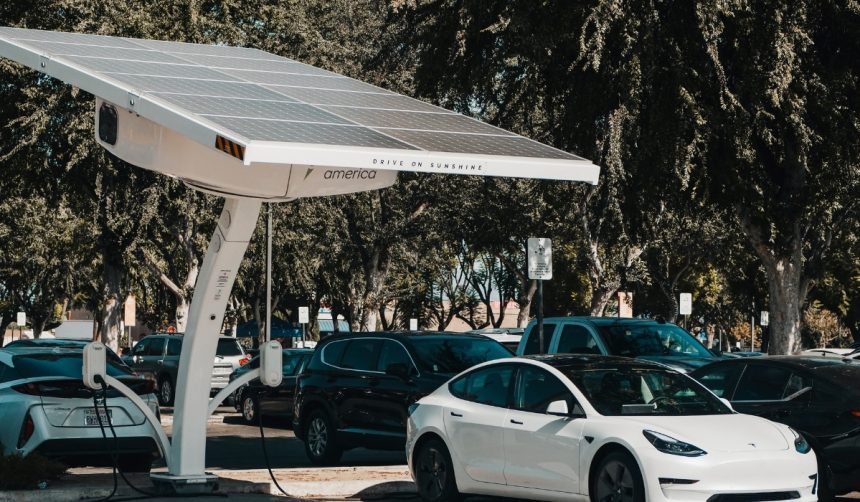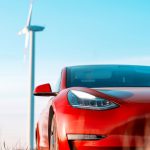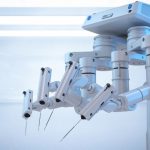Tesla’s autonomous two-seater, the Cybercab, has been observed undergoing renewed testing at both the Fremont Factory and Gigafactory Texas, prompting renewed speculation about its development phase. These tests, reportedly captured by drone operators, indicate that Tesla is advancing its autonomous vehicle project amid growing industry interest in self-driving technology. Observers noted that the latest prototypes appear to feature manual controls, a detail diverging from Tesla’s stated ambitions for fully driverless operation. Anticipation has grown, as the Cybercab is not only considered for mass production but also for a pivotal role in the company’s robotics-driven ride-hailing initiatives.
Discussions on Cybercab’s timeline have circulated for over a year, but earlier sightings mostly featured stationary prototypes or those undergoing evaluation indoors. This contrasts with the recent tests, which suggest more dynamic and perhaps imminent development progress. References in previous reports to accelerated production equipment setup point to Tesla’s persistent drive to bring the Cybercab closer to commercial viability. While initial reports speculated about minimal controls or even the absence of a steering wheel, these latest tests reveal that the company might still be iterating on certain safety and regulatory requirements.
Are recent Cybercab sightings a sign of impending production?
Instances of Cybercab vehicles moving within the Fremont and Texas sites indicate tangible preparation for production. CEO Elon Musk has previously outlined Tesla’s plan to create a production rate of up to 2 million Cybercabs per year, which would make it one of the company’s highest-volume offerings. Drone footage has shown what appears to be component stockpiling at Giga Texas, hinting that test production phases could begin soon.
How do manual controls factor into the latest Cybercab prototypes?
While Tesla envisions a steering wheel-free Cybercab for ride-hailing scenarios, the prototypes captured recently seem to retain manual controls. This inclusion may reflect interim regulatory compliance or testing needs as development continues. Tesla observers interpret these changes as part of the transition from concept to a product that could safely and legally operate on public roads.
What has Tesla stated about the Cybercab project’s future?
“The Cybercab will be easy to produce thanks to our Unboxed manufacturing process,”
said Elon Musk, alluding to streamlined production models that borrow processes from consumer electronics manufacturing. Tesla’s internal sources emphasize the importance of scalability, aiming for efficiency and volume in ways that could reframe automotive manufacturing standards.
“Its production will resemble a high-speed consumer electronics line rather than a conventional automotive assembly line,”
Musk also said, reinforcing Tesla’s goal to apply new systems for rapid output.
The observed progress and equipment buildup suggest Tesla is intent on starting test production in the near term. Public interest appears to intensify as the reality of an autonomous ride-hailing vehicle draws closer, but regulatory and technical hurdles remain significant. While fully driverless operation may still be months or years away from widespread regulatory approval, Tesla’s persistent testing demonstrates the company’s ongoing commitment to the project. The next stages will likely determine how feasible high-volume autonomous transportation can be, depending on manufacturing readiness, market acceptance, and evolving legal guidelines. For industry watchers and stakeholders, monitoring the Cybercab’s progress will provide critical insights into broader adoption timelines for self-driving services and advanced manufacturing practices.
- Cybercab testing resumes at Tesla’s Fremont and Texas factories.
- Latest sightings show manual controls in prototypes for now.
- Company aims for high-volume output with advanced manufacturing techniques.










